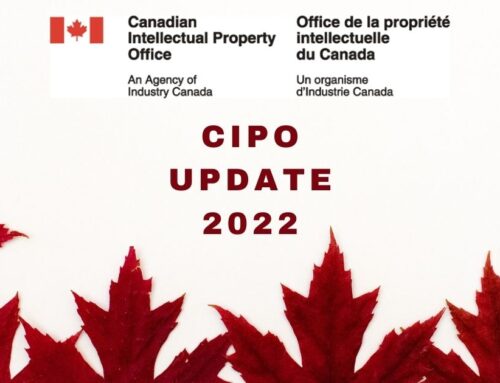Patents can sometimes be difficult to obtain – they have strict requirements that must be followed. One of these requirements is “utility”: a patent must be useful to be considered a valid patent. But what constitutes proper utility (i.e. usefulness)? Is it a “mere scintilla”? YES!
It has been recently confirmed that a mere scintilla of utility is the proper threshold to demonstrate utility in a new invention; however, this scintilla of utility must be related to the subject matter of the invention described in the patent. By way of example, let’s take a patent on a new keyboard designed to help people with carpel tunnel syndrome. On its own, a keyboard is a useful device; it provides an easy interface for a user to send commands to a computer. It would pass the test of “mere scintilla” of usefulness. However, if the usefulness of the keyboard is not related to helping persons with carpel tunnel syndrome, it may not be considered a valid patent. Inventors need to be cognizant of this distinction to make sure that their patent clearly describes the invention in a way that relates to its utility.
The article below is an analysis of the Federal Court’s decision relating to patent utility as described above.
It was about one year ago, on June 30, 2017 that the Supreme Court of Canada rendered its decision in the AstraZeneca Canada Inc. v. Apotex Inc. case. In short, AstraZeneca dealt with the promise of the patent doctrine, and whether the patent’s description promised more than it could provide. The Supreme Court held that the promise doctrine is not the correct method to determine whether the utility requirement under Section 2 of the Patent Act is met. A single use related to the nature of the patent’s subject matter is sufficient, and the Act does not prescribe the degree of usefulness required – a mere scintilla of utility will do.
Fast forward nearly one year later and the Federal Court released its decision in the Safe Gaming System Inc v. Atlantic Lottery Corporation. The patent at issue was Canadian Patent No. 2,331,238 (the ‘238 Patent), relating to a gaming control system to monitor, regulate and terminate gaming for problem gamblers.
With respect to demonstrated utility, the Court relied on AstraZeneca to look at utility of the ‘238 Patent as a whole. The Court followed AstraZeneca in its utility analysis to i) determine the subject matter of the invention, and then ii) ask whether such subject matter is useful. The Court noted that at trial, the Plaintiff argued that the basic utility is the monitoring, regulating and terminating gaming of an individual, and that the basic utility had been met.
In conducting the two-part utility test outlined in AstraZeneca, the Court noted that the subject matter of the ‘238 Patent is a gaming control system for problem gambling. However, the Court concluded that the basic utility as stated by the Plaintiff was not useful as it was not related to the subject matter of the patent – it was far too general. In AstraZeneca, the Supreme Court explained, “every invention pertains to a single subject-matter, and any single use of that subject-matter that is demonstrated or soundly predicted by the filing date is sufficient to make an invention useful for the purposes of Section 2 [of the Patent Act]”. In effect, the Court in Safe Gaming System distinguished between monitoring, regulating and terminating play of problem gambling (the subject matter of the ‘238 Patent as determined by the Court) versus the play of all individuals (the subject matter of the ‘238 Patent as described by the Plaintiff). Indeed, the Court stated that the invention as claimed at the relevant time would not be able to monitor, regulate or terminate play to mitigate problem gambling.
Following its demonstrated utility analysis, the Federal Court turned to sound prediction utility. After conducting the well-known sound prediction utility test as first outlined in Apotex Inc v Wellcome Foundation Ltd, the Court concluded that the invention was both not soundly predicted nor disclosed sufficiently to have a scintilla of utility.
This is a noteworthy case as the Supreme Court had set a very low threshold for utility, only requiring the aforementioned scintilla of utility. However, it is important to note that the mere scintilla of utility must relate to the subject-matter of the patent, and that perhaps additional consideration should be given to this limitation when arguing utility.







Leave A Comment